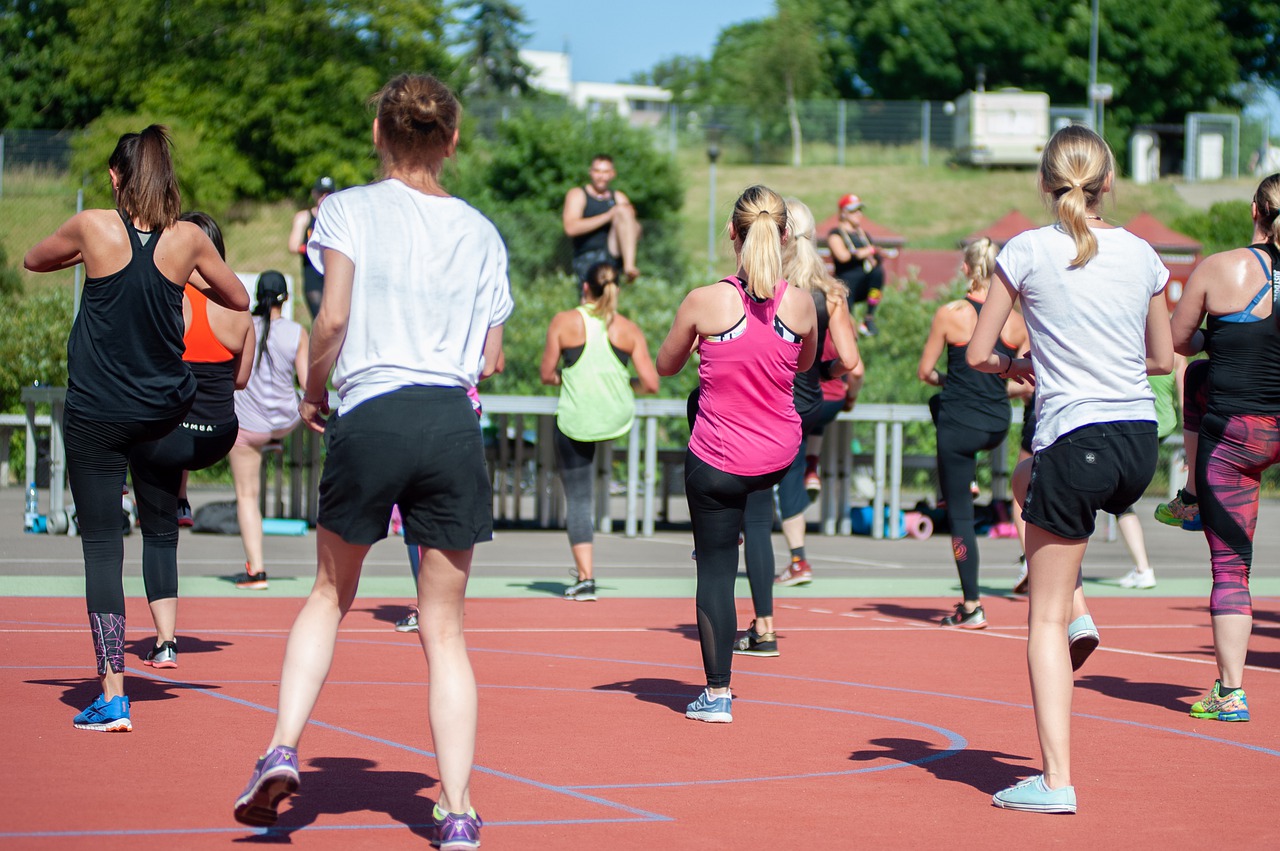
Tennis is a popular sport enjoyed by people all over the world. 17.84 million people are estimated to be tennis players in the U.S. Tennis is a healthy sport that is played not only for recreation and entertainment but also it helps maintain sound health and fitness for people of all ages.
How to Play Tennis?
The sport involves two players (singles) or pairs of players (doubles) on opposing sides. Each player uses a taut racket to fling a specific-sized ball towards the opponent over a net in a tennis court. The player scores a point each time the opponent misses a strike.
The International Tennis Federation (ITF) mandates that a competitive tennis court must be rectangular, with a length of 23.77 meters. The width will differ, as singles should measure 8.23 meters, and doubles are required to be 10.97 meters wide.
Tennis Gear and Equipment
The sport of tennis requires the following equipment:
- Tennis racket
- Tennis ball
- Tennis shoes
While there is no specific tennis body gear, you may be required to adorn the attire as outlined by the specific tennis club. Other nonessential tennis gear includes a water bottle, headband, wristband, towel and visor.
Quick Tips to Play Tennis
There are a few tennis strategies that help players outdo the competition:
- Maintain consistency instead of focusing too much on killer shots
- Try to hit at the opponent’s backhand
- Position yourself midway between the net and service line
- Continue to mix up your serve to confuse the opponent
- Try for deep shots, as they are harder to play
Health Benefits of Tennis
Tennis provides a fun way to indulge in aerobic exercise that catalyzes weight loss. The average person will lose between 350 and 500 calories per hour of non-competitive tennis. A healthy weight may reduce your risk of several diseases, including high blood pressure and diabetes.
Tennis is a complete body workout that supports cardiovascular health as you run down the court, jump for a swing, and chase the ball. An elevated heart rate also improves mental health and releases ‘feel-good’ hormones.
The hand-eye coordination in tennis improves balance, and the force exerted on the bones during the game may reduce the player’s risk of osteoporosis. As tennis requires players to move around, it promotes agility and ensures you step away from a sedentary lifestyle without over-exerting. While there is no set rule, playing tennis at least three times a week to gain the maximum benefits.
Author’s other websites:
https://amitavadlamudi.wixsite.com/mysite
http://amitavadlamudi.weebly.com
http://amitavadlamudi.strikingly.com
http://www.slideshare.net/amitavadlamudi







